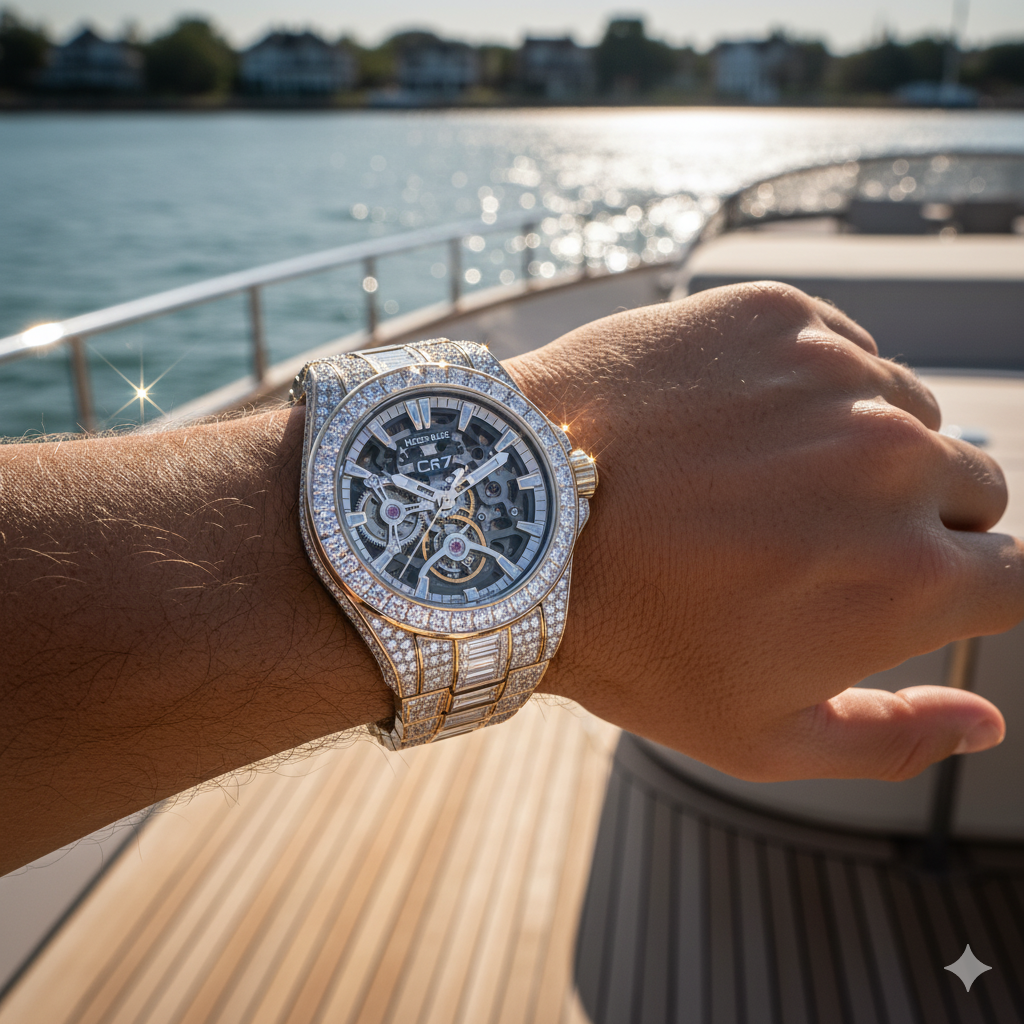The morning mist clings to Southampton’s manicured lawns as another luxury SUV glides past, its cargo worth more than most annual salaries. Yet today’s most coveted status symbol isn’t strapped to the roof—it’s the sleek kids electric bike that young Hampton heirs maneuver with aristocratic ease down Meadow Lane.
The Rise of Electric Mobility Among Young Elites
Electric bicycles have transcended mere transportation, becoming currency in the careful economy of childhood prestige. Recent data reveals a staggering reality: e-bike injuries surged 43-fold between 2017 and 2022, while helmet usage declined precipitously. However, for families accustomed to calculated risks—whether in markets or matrimony—the question isn’t whether to embrace this trend, but how to do so with characteristic sophistication.
The numbers speak with brutal clarity. Furthermore, approximately 46,000 children and adults sought emergency treatment for e-bike injuries during this period. Nevertheless, discerning parents recognize that proper education and premium equipment can mitigate these risks substantially.
Understanding the Premium Kids Electric Bike Market
In the rarified air of luxury family purchases, not all electric bicycles merit consideration. Additionally, the market has stratified into distinct tiers, with premium manufacturers commanding prices that reflect both engineering excellence and exclusivity. Subsequently, brands like woom, Specialized, and Commencal have emerged as the preferred choices among families who never compromise on quality.
The kids electric bike landscape encompasses three primary classifications. Class I models offer pedal-assist only, limiting speeds to 20 mph. Meanwhile, Class II variants include throttles but maintain the same speed restrictions. Conversely, Class III systems can reach 28 mph—speeds generally considered excessive for young riders.
Safety: The Non-Negotiable Foundation
Recent medical studies paint a sobering picture of e-bike safety trends. Research from the American College of Surgeons documented a 49-fold increase in head trauma cases among e-bike riders. Consequently, only 44% of injured riders wore helmets—a statistic that would appall any parent who invests in their child’s future.
Dr. Laura Goodman, pediatric surgeon at Children’s Hospital of Orange County, minces no words: these vehicles demand respect. Moreover, speeds approaching those of motorcycles require corresponding safety protocols. Therefore, families must prioritize comprehensive training alongside premium safety equipment.
Legislative Landscape and Age Restrictions
The regulatory environment reflects growing governmental concern. Currently, ten states impose minimum age requirements, ranging from 14 to 18 years. Additionally, proposed federal legislation would mandate state-level safety plans for electric bicycle programs.
New York State, home to the Hamptons’ summer kingdom, permits Class I and II usage for riders under 16. However, Class III models require riders to be at least 16 years old. Furthermore, all riders under 14 must wear helmets—a requirement that sophisticated families should embrace rather than circumvent.
Premium Brand Analysis: Where Quality Meets Status
The kids electric bike market’s apex features brands that understand their clientele’s expectations. Specifically, woom’s UP series starts around $3,000 but delivers engineering typically reserved for adult racing bikes. Similarly, the Specialized Turbo Levo SL commands premium pricing while offering hydraulic disc brakes and mid-drive motors.
Commencal’s Meta HT 24 Power represents the intersection of performance and prestige. Additionally, its SHIMANO E7000 engine and 500Wh battery provide range suitable for extended family outings. Meanwhile, the MANITOU suspension fork ensures comfort befitting young riders accustomed to luxury.
Age-Appropriate Selection Strategies
Thoughtful parents approach kids electric bike selection with the same diligence they apply to private school admissions. For children aged 5-7, balance bikes like the STACYC 16 eDrive offer controlled introduction to electric assistance. Consequently, three programmable speed settings allow gradual skill development.
Children aged 8-12 benefit from true pedal-assist systems. Subsequently, models like the woom UP 5 provide appropriate power while maintaining child-specific geometry. Therefore, these bikes enable longer family rides without compromising safety or control.
Safety Equipment: Beyond Basic Requirements
Premium safety equipment reflects the same attention to detail that characterizes other luxury purchases. High-end helmets from brands like Thousand or Bern offer both protection and aesthetic appeal. Additionally, reflective clothing and integrated lighting systems ensure visibility during twilight rides through estate neighborhoods.
Smart parents invest in comprehensive protection systems. Furthermore, knee and elbow guards designed for young riders provide additional security. Subsequently, these investments pale compared to potential medical costs or psychological trauma from serious accidents.
Training and Education Protocols
The most sophisticated kids electric bike serves little purpose without proper training. Professional instruction, increasingly available in upscale communities, provides structured learning environments. Moreover, these programs teach traffic awareness, mechanical basics, and emergency procedures.
Family riding protocols establish clear expectations. Additionally, designated practice areas allow skill development away from traffic and pedestrians. Subsequently, graduated exposure to various environments builds confidence systematically.
Technology Integration and Smart Features
Modern premium kids electric bike models incorporate sophisticated technology. GPS tracking provides parents with real-time location data. Furthermore, smartphone integration allows remote monitoring of speed, battery status, and ride duration. Therefore, these features offer peace of mind without compromising young riders’ sense of independence.
Speed limiting technology enables parental control over maximum velocities. Additionally, geofencing capabilities can restrict riding areas to approved zones. Subsequently, these innovations balance freedom with safety in ways that resonate with privacy-conscious families.
Environmental Considerations and Social Responsibility
The environmental implications of kids electric bike adoption align with sustainable luxury principles increasingly valued among sophisticated families. Electric mobility reduces carbon footprints while teaching children about responsible transportation choices. Moreover, these lessons in environmental stewardship reflect values that extend beyond immediate family concerns.
Charging infrastructure powered by renewable energy sources amplifies these benefits. Furthermore, many premium models feature recyclable batteries and sustainable manufacturing processes. Therefore, conscious consumption choices demonstrate family values to both children and community.
Maintenance and Long-term Value Considerations
Premium kids electric bike ownership requires ongoing investment in maintenance and upgrades. Regular professional servicing ensures optimal performance and safety. Additionally, component upgrades can extend usable life as children grow and develop skills.
Resale values remain strong for quality brands, particularly in affluent communities. Furthermore, well-maintained electric bikes often retain 60-70% of original value after several years. Subsequently, these assets can transition between siblings or provide trade-in value toward adult models.
Community Impact and Social Dynamics
The introduction of electric bicycles into exclusive communities creates both opportunities and challenges. Thoughtful parents consider impact on neighborhood dynamics and local infrastructure. Moreover, organized group rides can foster community connections while promoting safe riding practices.
Educational outreach to other families demonstrates leadership in responsible adoption. Additionally, collaboration with local authorities on safety initiatives shows civic engagement. Subsequently, these efforts enhance community reputation while improving conditions for all residents.
Future Trends and Market Evolution
The kids electric bike market continues evolving rapidly, with manufacturers developing increasingly sophisticated offerings. Artificial intelligence integration promises adaptive performance based on rider skill and conditions. Furthermore, improved battery technology will extend range while reducing weight.
Regulatory frameworks will likely become more comprehensive, potentially requiring licensing or insurance. Additionally, infrastructure development in premium communities may include dedicated e-bike paths and charging stations. Therefore, early adopters position themselves advantageously for future developments.
Making the Investment Decision
The choice to purchase a premium kids electric bike transcends simple transportation decisions. These investments reflect family values, safety priorities, and long-term thinking about children’s development. Moreover, they demonstrate commitment to emerging technologies while maintaining focus on quality and responsibility.
Successful integration requires comprehensive planning, from initial selection through ongoing training and maintenance. Furthermore, the most satisfied families approach electric bike ownership as a lifestyle choice rather than a simple purchase. Subsequently, this perspective ensures maximum benefit for both children and parents.
The morning mist may lift from Southampton’s lawns, but the careful calculations of luxury family life continue unabated. In this environment, the kids electric bike represents more than transportation—it embodies the intersection of innovation, safety, and status that defines modern affluent parenting.
Related Stories
Advertise with Social Life Magazine
Ready to reach the Hamptons’ most influential families? Contact us to discuss advertising opportunities or submit your luxury lifestyle stories.





